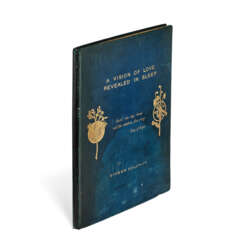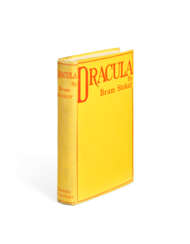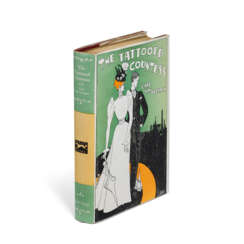
Books — Barry Humphries: The Personal Collection
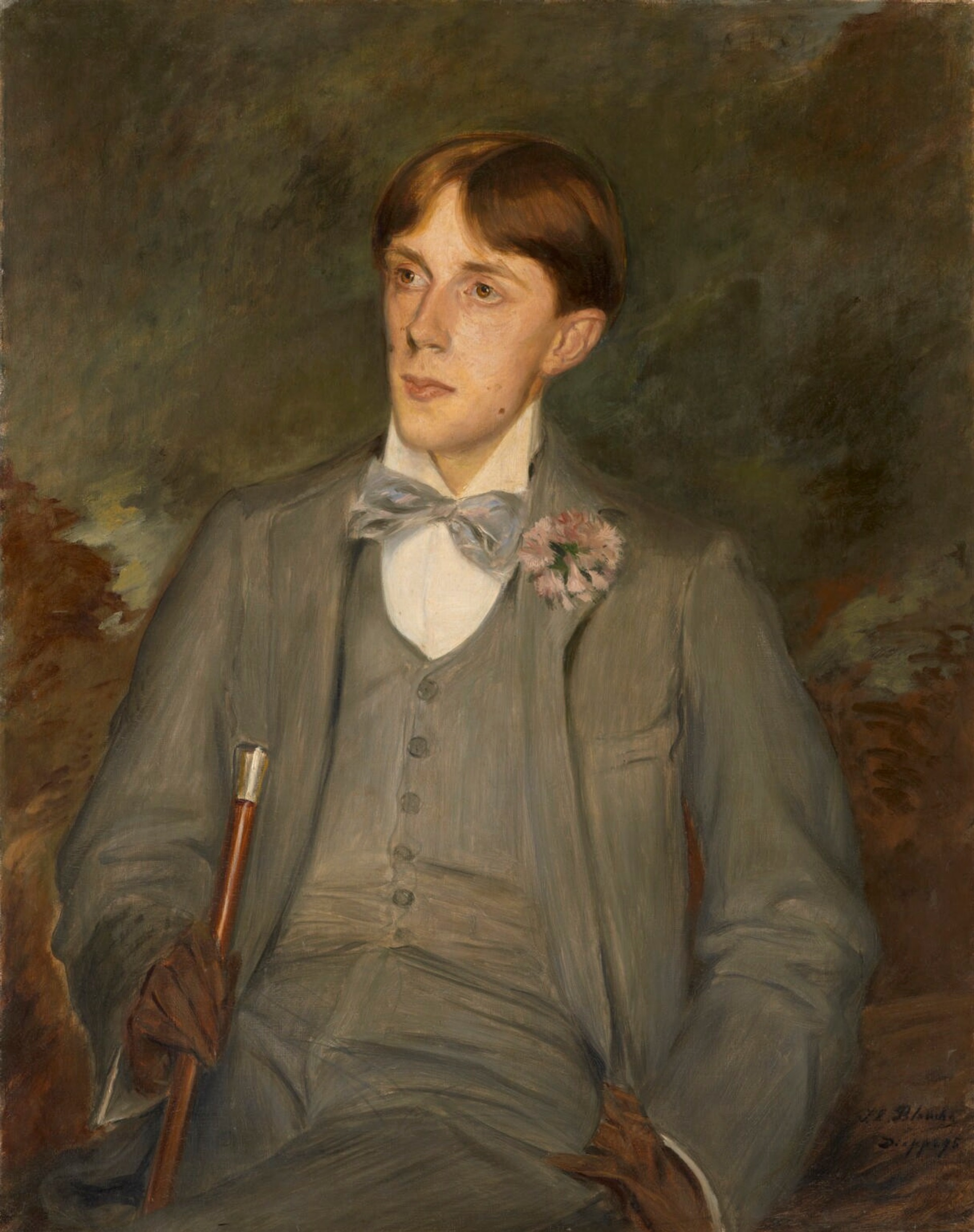
Aubrey Vincent Beardsley was an English artist and illustrator, whose brief yet impactful career left an indelible mark on the art world. Born in Brighton, England, in 1872, Beardsley's work was instrumental in the development of the Art Nouveau movement, and he is often remembered for his bold, innovative illustrations that challenged Victorian sensibilities with their erotic and often grotesque imagery.
Beardsley's artistic journey was characterized by his unique ability to blend influences from Japanese woodcuts with the aesthetic of the English Art Nouveau movement. His illustrations are distinguished by their stark contrasts of black and white, intricate details, and the absence of middle tones, creating a dramatic and unmistakable style. He was particularly known for his illustrations for the limited edition of "Le Morte D'Arthur," which were celebrated for their elaborate detail and pre-Raphaelite influences, despite their sometimes grotesque details. This work, along with his contributions to "The Yellow Book" and illustrations for Oscar Wilde's "Salome," showcased his talent for capturing the decadent and the macabre, earning him both acclaim and controversy (Wikipedia, The Collector).
Beardsley's career, though short-lived due to his untimely death at the age of 25 from tuberculosis, was marked by significant contributions to various publications, including "The Studio" and "The Savoy," which he co-founded. His work for "The Yellow Book," where he served as art editor, was particularly influential. The magazine, using the latest image-reproduction technology of the time, allowed Beardsley to make dramatic use of black and white space, reflecting his vision of modern life and aesthetics (V&A Museum).
Despite facing health challenges and controversies, including being dismissed from "The Yellow Book" during the scandal surrounding Oscar Wilde's arrest, Beardsley continued to work on projects that pushed the boundaries of conventional morality and art. His illustrations for works like Aristophanes' "Lysistrata" and his retelling of the Tannhäuser legend are testament to his enduring creative spirit and his willingness to explore themes of decadence, sexuality, and the grotesque.
Beardsley's legacy extends beyond his death, influencing not only the Art Nouveau movement but also future generations of artists and illustrators. His work continues to be celebrated for its daring originality and its challenge to the norms of his time. The Victoria and Albert Museum, among others, has celebrated Beardsley's contributions to art and culture, showcasing his ability to intertwine the beautiful and the grotesque in ways that remain provocative and engaging to this day.
For collectors and experts in art and antiques, Beardsley's work offers a fascinating glimpse into the aesthetic and cultural shifts of the late 19th century. His influence on poster art, illustration, and the broader Art Nouveau movement underlines the significant impact he had during his brief career. To stay updated on sales and auction events related to Aubrey Vincent Beardsley's work, signing up for updates can provide exclusive access to the continuing legacy of this remarkable artist.

Aubrey Vincent Beardsley was an English artist and illustrator, whose brief yet impactful career left an indelible mark on the art world. Born in Brighton, England, in 1872, Beardsley's work was instrumental in the development of the Art Nouveau movement, and he is often remembered for his bold, innovative illustrations that challenged Victorian sensibilities with their erotic and often grotesque imagery.
Beardsley's artistic journey was characterized by his unique ability to blend influences from Japanese woodcuts with the aesthetic of the English Art Nouveau movement. His illustrations are distinguished by their stark contrasts of black and white, intricate details, and the absence of middle tones, creating a dramatic and unmistakable style. He was particularly known for his illustrations for the limited edition of "Le Morte D'Arthur," which were celebrated for their elaborate detail and pre-Raphaelite influences, despite their sometimes grotesque details. This work, along with his contributions to "The Yellow Book" and illustrations for Oscar Wilde's "Salome," showcased his talent for capturing the decadent and the macabre, earning him both acclaim and controversy (Wikipedia, The Collector).
Beardsley's career, though short-lived due to his untimely death at the age of 25 from tuberculosis, was marked by significant contributions to various publications, including "The Studio" and "The Savoy," which he co-founded. His work for "The Yellow Book," where he served as art editor, was particularly influential. The magazine, using the latest image-reproduction technology of the time, allowed Beardsley to make dramatic use of black and white space, reflecting his vision of modern life and aesthetics (V&A Museum).
Despite facing health challenges and controversies, including being dismissed from "The Yellow Book" during the scandal surrounding Oscar Wilde's arrest, Beardsley continued to work on projects that pushed the boundaries of conventional morality and art. His illustrations for works like Aristophanes' "Lysistrata" and his retelling of the Tannhäuser legend are testament to his enduring creative spirit and his willingness to explore themes of decadence, sexuality, and the grotesque.
Beardsley's legacy extends beyond his death, influencing not only the Art Nouveau movement but also future generations of artists and illustrators. His work continues to be celebrated for its daring originality and its challenge to the norms of his time. The Victoria and Albert Museum, among others, has celebrated Beardsley's contributions to art and culture, showcasing his ability to intertwine the beautiful and the grotesque in ways that remain provocative and engaging to this day.
For collectors and experts in art and antiques, Beardsley's work offers a fascinating glimpse into the aesthetic and cultural shifts of the late 19th century. His influence on poster art, illustration, and the broader Art Nouveau movement underlines the significant impact he had during his brief career. To stay updated on sales and auction events related to Aubrey Vincent Beardsley's work, signing up for updates can provide exclusive access to the continuing legacy of this remarkable artist.

Aubrey Vincent Beardsley was an English artist and illustrator, whose brief yet impactful career left an indelible mark on the art world. Born in Brighton, England, in 1872, Beardsley's work was instrumental in the development of the Art Nouveau movement, and he is often remembered for his bold, innovative illustrations that challenged Victorian sensibilities with their erotic and often grotesque imagery.
Beardsley's artistic journey was characterized by his unique ability to blend influences from Japanese woodcuts with the aesthetic of the English Art Nouveau movement. His illustrations are distinguished by their stark contrasts of black and white, intricate details, and the absence of middle tones, creating a dramatic and unmistakable style. He was particularly known for his illustrations for the limited edition of "Le Morte D'Arthur," which were celebrated for their elaborate detail and pre-Raphaelite influences, despite their sometimes grotesque details. This work, along with his contributions to "The Yellow Book" and illustrations for Oscar Wilde's "Salome," showcased his talent for capturing the decadent and the macabre, earning him both acclaim and controversy (Wikipedia, The Collector).
Beardsley's career, though short-lived due to his untimely death at the age of 25 from tuberculosis, was marked by significant contributions to various publications, including "The Studio" and "The Savoy," which he co-founded. His work for "The Yellow Book," where he served as art editor, was particularly influential. The magazine, using the latest image-reproduction technology of the time, allowed Beardsley to make dramatic use of black and white space, reflecting his vision of modern life and aesthetics (V&A Museum).
Despite facing health challenges and controversies, including being dismissed from "The Yellow Book" during the scandal surrounding Oscar Wilde's arrest, Beardsley continued to work on projects that pushed the boundaries of conventional morality and art. His illustrations for works like Aristophanes' "Lysistrata" and his retelling of the Tannhäuser legend are testament to his enduring creative spirit and his willingness to explore themes of decadence, sexuality, and the grotesque.
Beardsley's legacy extends beyond his death, influencing not only the Art Nouveau movement but also future generations of artists and illustrators. His work continues to be celebrated for its daring originality and its challenge to the norms of his time. The Victoria and Albert Museum, among others, has celebrated Beardsley's contributions to art and culture, showcasing his ability to intertwine the beautiful and the grotesque in ways that remain provocative and engaging to this day.
For collectors and experts in art and antiques, Beardsley's work offers a fascinating glimpse into the aesthetic and cultural shifts of the late 19th century. His influence on poster art, illustration, and the broader Art Nouveau movement underlines the significant impact he had during his brief career. To stay updated on sales and auction events related to Aubrey Vincent Beardsley's work, signing up for updates can provide exclusive access to the continuing legacy of this remarkable artist.
.jpg)
Frederick William Rolfe (1860–1913), also known by his self-bestowed title "Baron Corvo," was an English writer, artist, and photographer whose life and work were marked by eccentricity and a persistent quest for recognition. Born on July 22, 1860, in Cheapside, London, Rolfe was the son of a piano maker. He left formal education at fourteen to pursue a career in teaching, holding a brief tenure at The King's School in Grantham.
In 1886, Rolfe converted to Roman Catholicism, a decision that profoundly influenced his personal and professional life. Aspiring to the priesthood, he enrolled at St. Mary's College, Oscott, in 1887 and later at the Scots College in Rome. However, his unconventional behavior and apparent lack of commitment led to his dismissal from both institutions, leaving him embittered and with an unfulfilled clerical ambition.
Following these setbacks, Rolfe turned to writing and art. His literary debut, "Stories Toto Told Me" (1898), is a collection of tales reflecting his fascination with Italian culture and Catholicism. This work was followed by "In His Own Image" (1901) and "Chronicles of the House of Borgia" (1901), showcasing his diverse interests and narrative skill.
Rolfe's most acclaimed novel, "Hadrian the Seventh" (1904), is a semi-autobiographical fantasy in which an Englishman, much like Rolfe himself, is unexpectedly elected Pope. The novel delves into themes of unfulfilled potential and personal vindication, mirroring Rolfe's own experiences with the Catholic Church.
Despite his creative output, Rolfe struggled with financial instability and strained relationships. His patronage from Caroline Shirley, Duchess Sforza Cesarini, provided some support, but his often abrasive personality led to conflicts, notably with Father Charles Sidney Beauclerk during his time in Holywell. These disputes further isolated him from potential allies and patrons.
In addition to writing, Rolfe was an accomplished photographer and painter, though these pursuits did not bring him significant financial success. His later years were spent in Venice, a city that inspired his posthumously published work, "The Desire and Pursuit of the Whole" (1934). Rolfe died there on October 25, 1913, at the age of 53.
Rolfe's life and career were characterized by a complex interplay of talent, ambition, and personal idiosyncrasies. His contributions to literature, particularly through "Hadrian the Seventh," have secured him a place in English literary history, while his tumultuous relationships and self-styled nobility continue to intrigue scholars and readers alike.
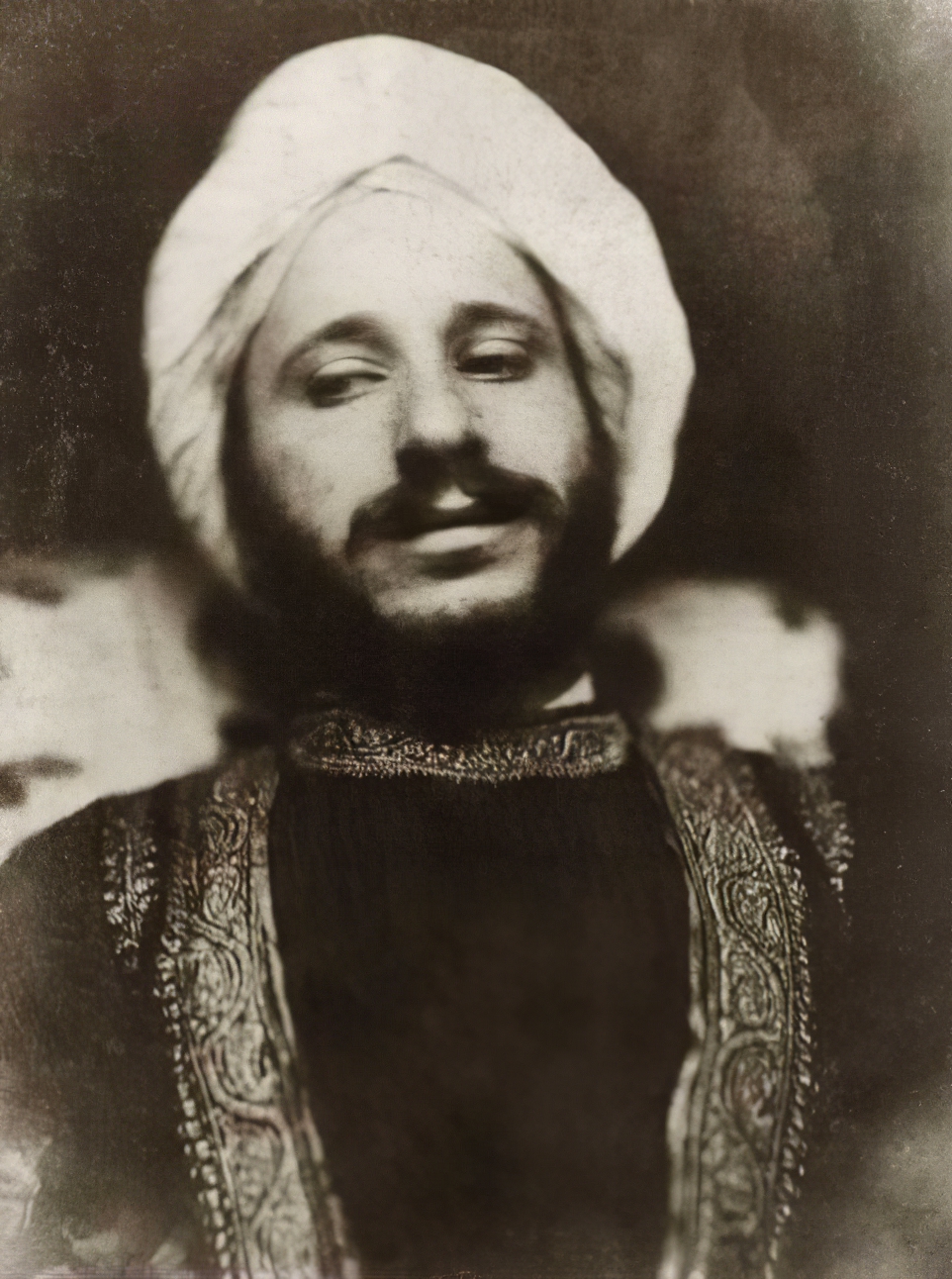
Simeon Solomon was a British painter associated with the Pre-Raphaelites who was noted for his depictions of Jewish life and same-sex desire. His career was cut short as a result of public scandal following his arrests and convictions for attempted sodomy in 1873 and 1874.
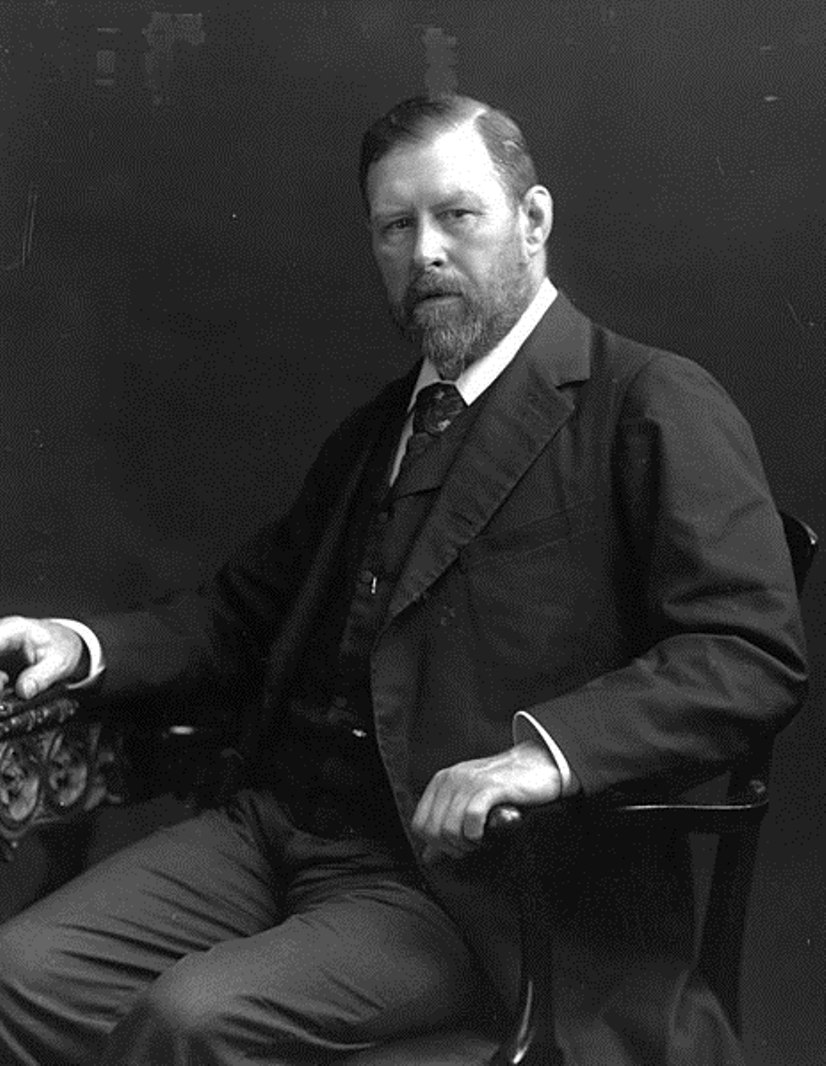
Bram Stoker, birth name Abraham Stoker, is an Irish writer, theater business manager and critic.
Stoker attended Dublin University and Trinity College, where he studied mathematics. He served for ten years at Dublin Castle and also worked as a drama critic for the Dublin Evening Mail (later Evening Mail) newspaper, where he met the actor Sir Henry Irving. From 1878 until Irving's death 27 years later, Stoker was his manager and accompanied him on his American tours, and later published his biography.
Stoker became world famous for his gothic horror novel Dracula, which was first published in 1897. The theme of mysterious and romantic vampires was and still is very popular in society. Stoker's novel has been reprinted many times, and the story itself has inspired countless interpretations and screen adaptations. Stoker wrote several other novels, including The Mystery of the Sea (1902), The Jewel of the Seven Stars (1903), and The Lady with the Shroud (1909).
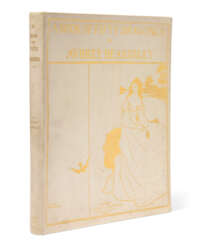

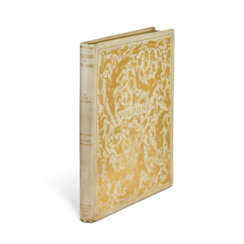

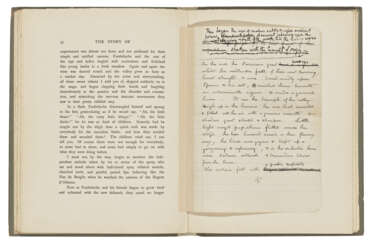

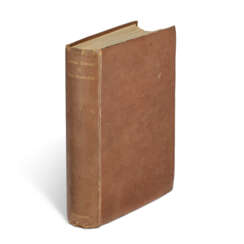


![[CROWLEY, Aleister (1875-1947)]](/assets/image/picture_4413046/a9f02/4b1493c1c7df6fcc9cade97668083a921739401200jpg__fix_374_244.jpeg)
![[CROWLEY, Aleister (1875-1947)]](https://veryimportantlot.com/assets/image/picture_4413046/a9f02/4b1493c1c7df6fcc9cade97668083a921739401200jpg__fix_374_244.jpeg)
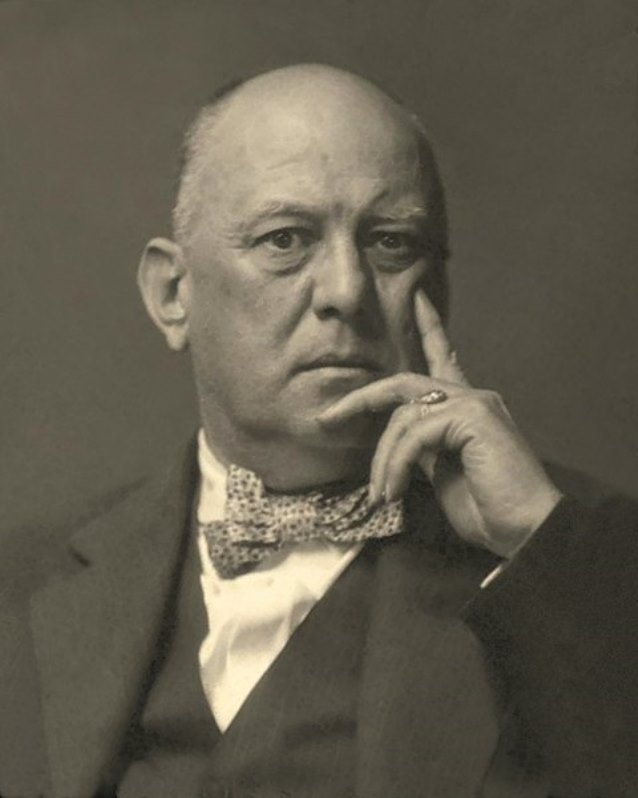
![[CROWLEY, Aleister (1875-1947)]](/assets/image/picture_4412825/1a8ab/15a07dd4c0c88ad33a350c91b6d0659c1739401200jpg__fix_374_244.jpeg)
![[CROWLEY, Aleister (1875-1947)]](https://veryimportantlot.com/assets/image/picture_4412825/1a8ab/15a07dd4c0c88ad33a350c91b6d0659c1739401200jpg__fix_374_244.jpeg)
![[CROWLEY, Aleister] (1875-1947)](/assets/image/picture_4412484/7e230/c2893dc4ed286ae6e8f0e87179fcb6a11739401200jpg__fix_374_244.jpeg)
![[CROWLEY, Aleister] (1875-1947)](https://veryimportantlot.com/assets/image/picture_4412484/7e230/c2893dc4ed286ae6e8f0e87179fcb6a11739401200jpg__fix_374_244.jpeg)
![[CROWLEY, Aleister (1875-1947)]](/assets/image/picture_4412604/832fb/7409b73728ac2ca427e31707df29f4a01739401200jpg__fix_374_244.jpeg)
![[CROWLEY, Aleister (1875-1947)]](https://veryimportantlot.com/assets/image/picture_4412604/832fb/7409b73728ac2ca427e31707df29f4a01739401200jpg__fix_374_244.jpeg)
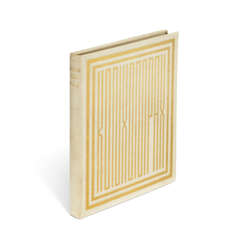

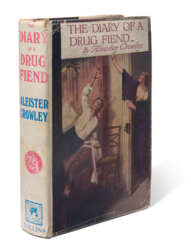

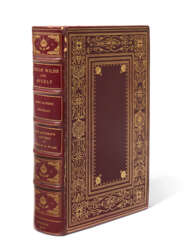

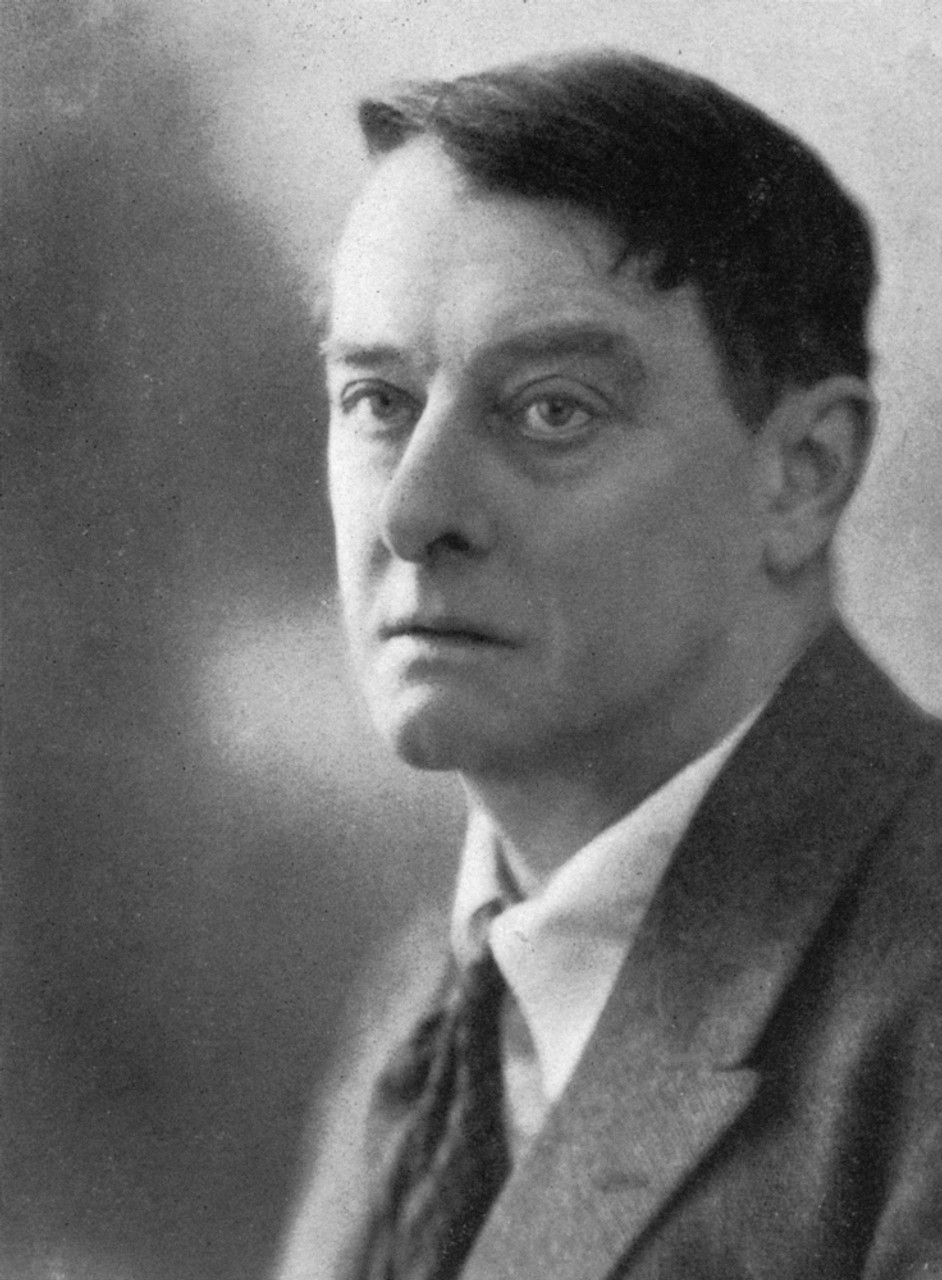
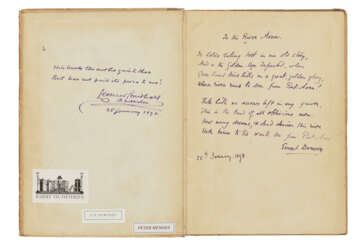

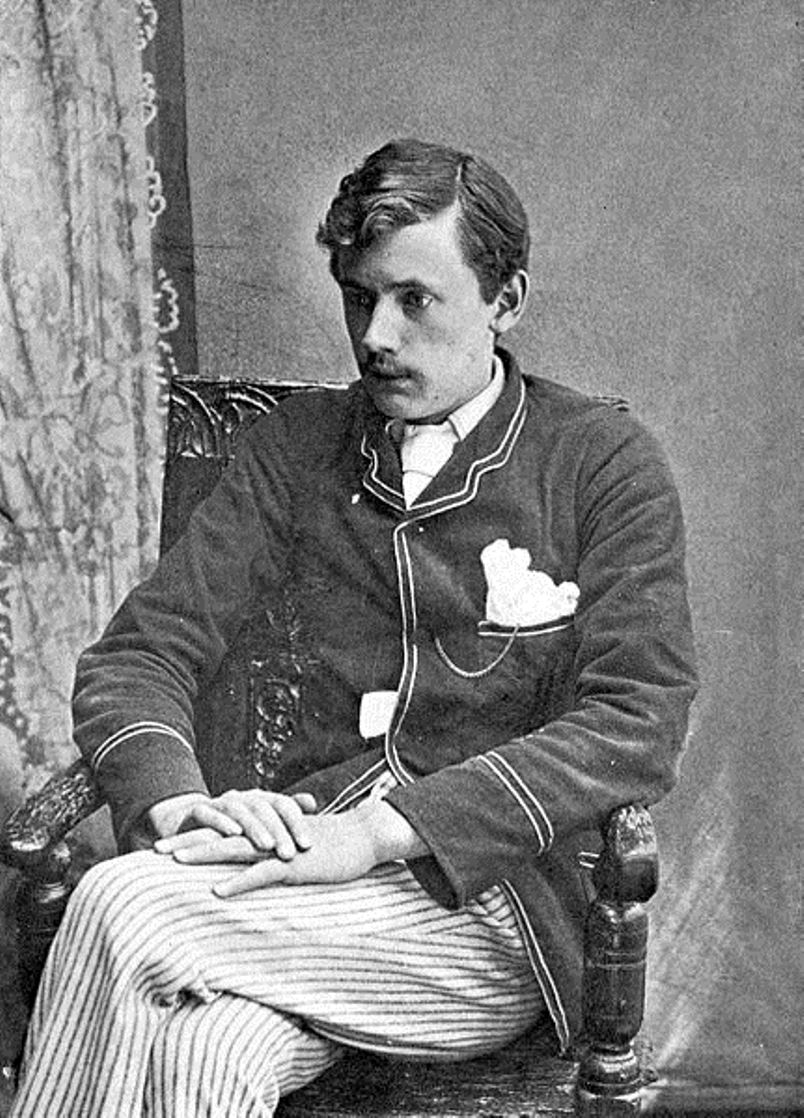
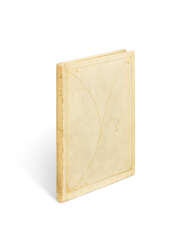

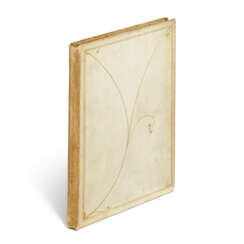

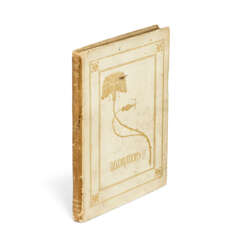

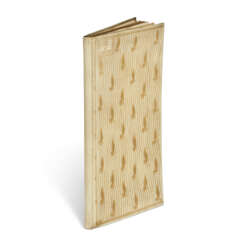

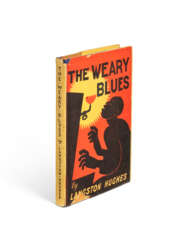

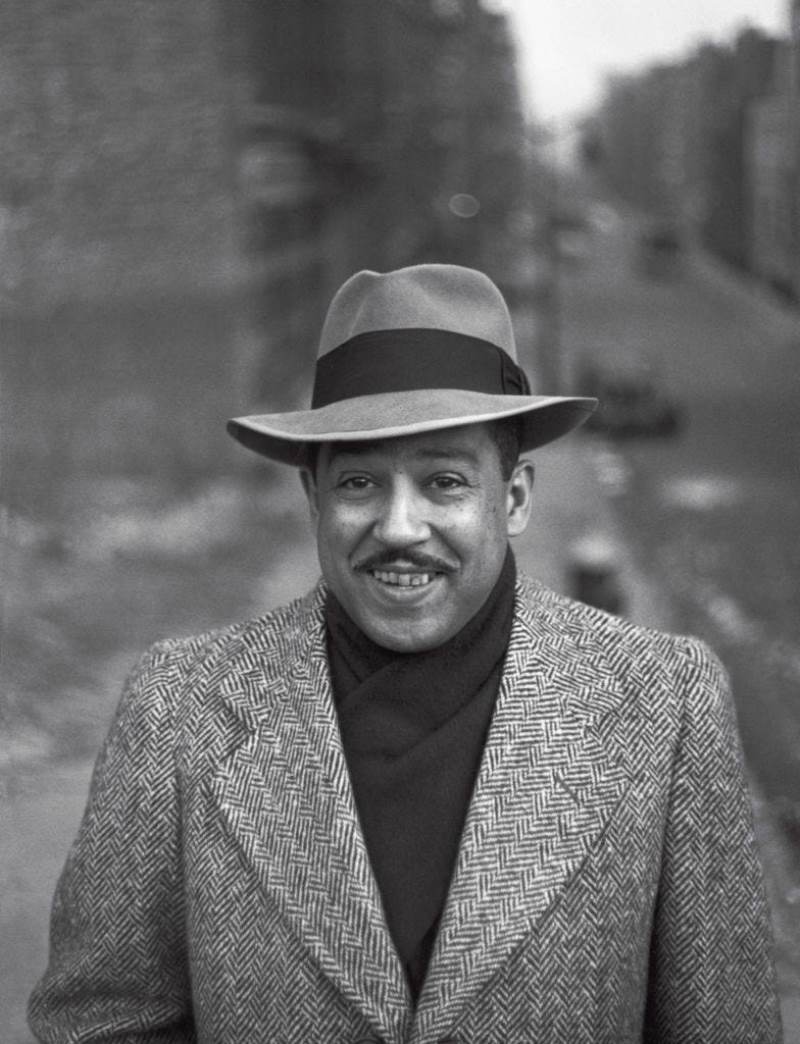
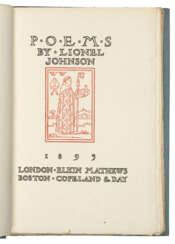


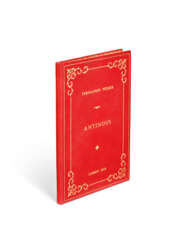

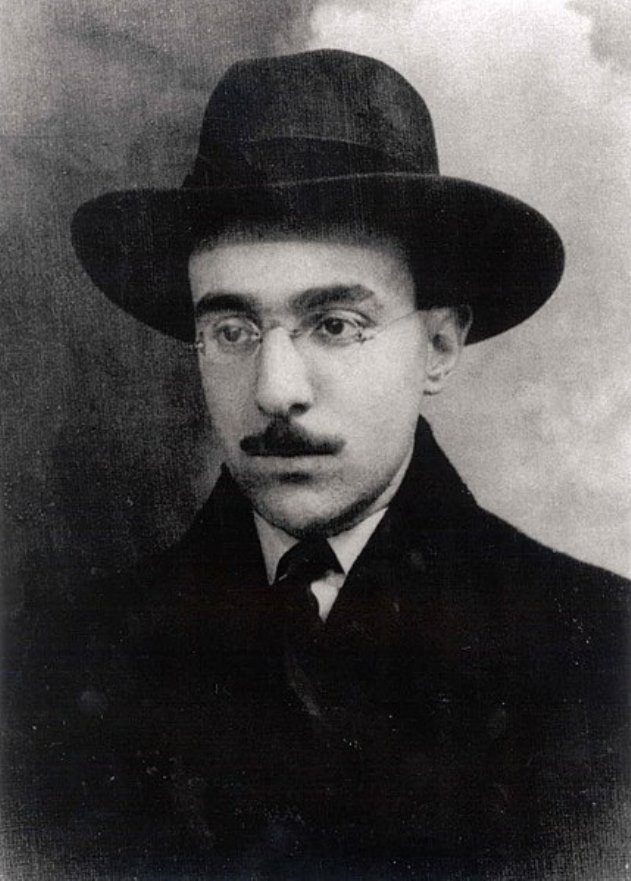
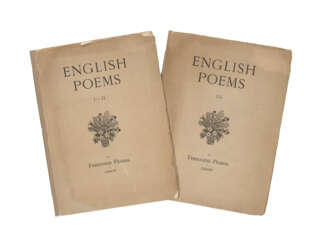

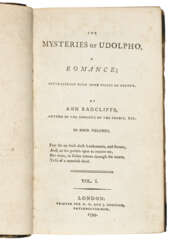

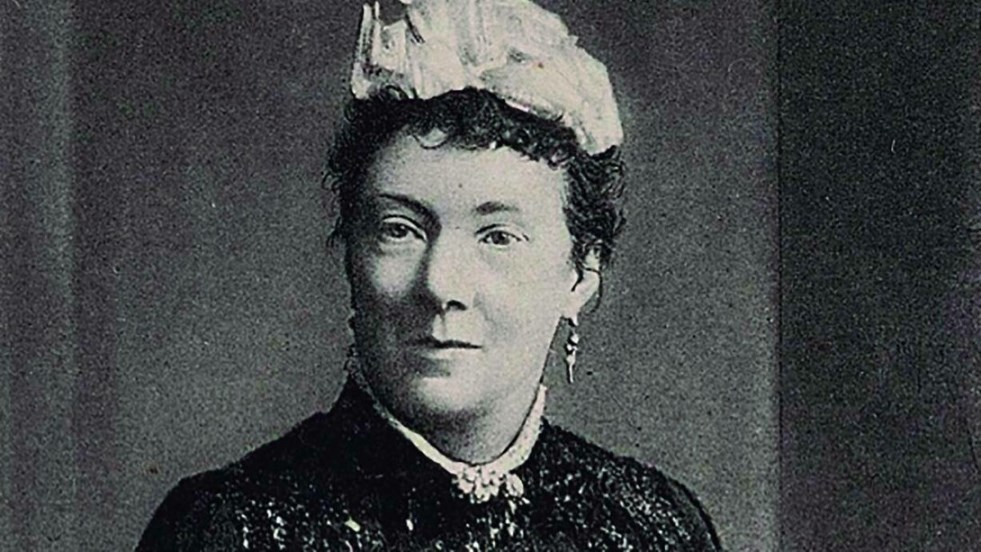
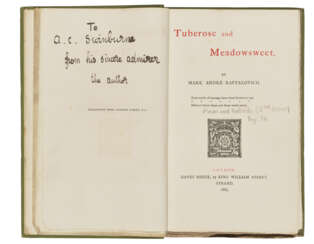

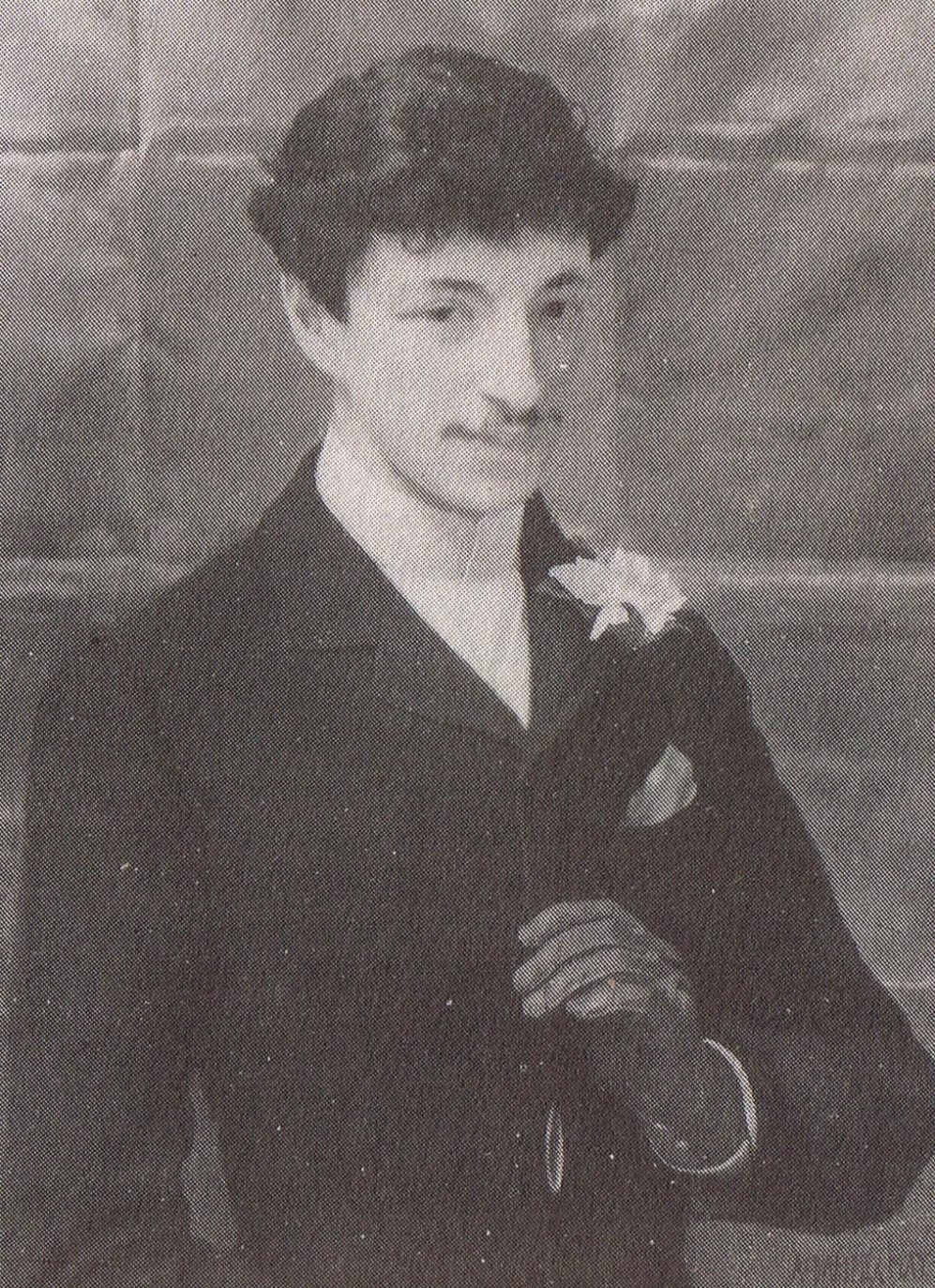
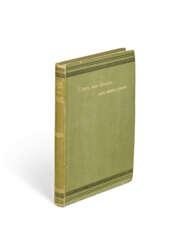

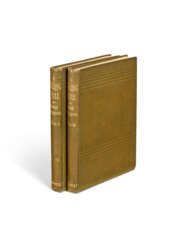

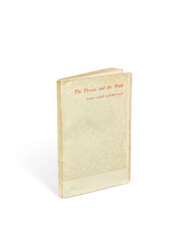

![[ROLFE, Frederick William (1860-1913)]](/assets/image/picture_4412761/e6022/5ab35bb4937c8ebef278100d8ea649f11739401200jpg__fix_374_244.jpeg)
![[ROLFE, Frederick William (1860-1913)]](https://veryimportantlot.com/assets/image/picture_4412761/e6022/5ab35bb4937c8ebef278100d8ea649f11739401200jpg__fix_374_244.jpeg)
![[ANON]](/assets/image/picture_4412371/26b6d/099b953f1270e8ef23a18ef71e36772a1739401200jpg__fix_374_244.jpeg)
![[ANON]](https://veryimportantlot.com/assets/image/picture_4412371/26b6d/099b953f1270e8ef23a18ef71e36772a1739401200jpg__fix_374_244.jpeg)
